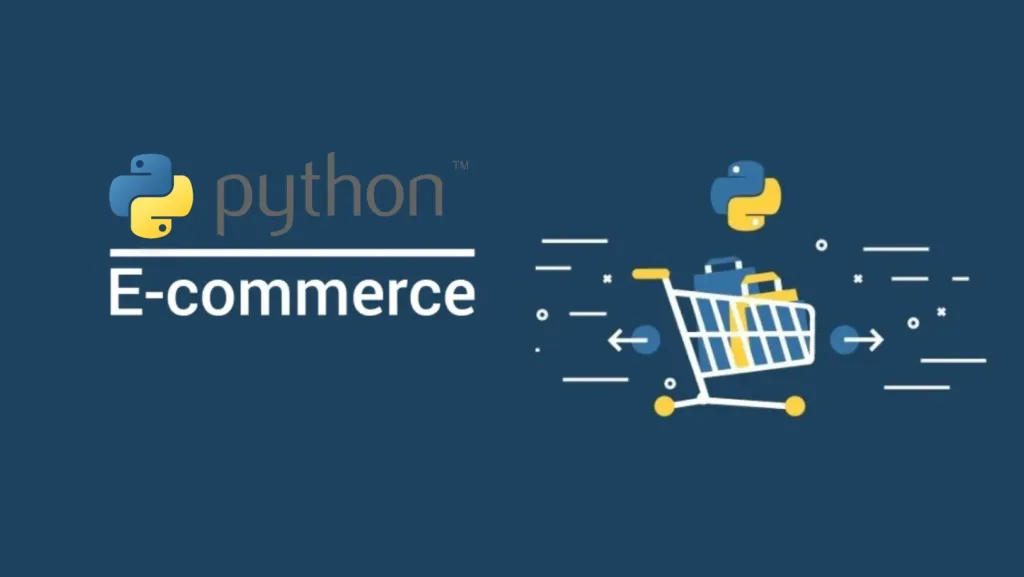Building an e-commerce platform from scratch can be both exciting and challenging. Python, with its rich ecosystem and powerful frameworks, provides an excellent foundation for such a project. In this blog, we’ll guide you through the essential steps to develop a Python-based e-commerce platform, focusing on planning, selecting the right tools, and implementing core features.
1. Planning and Requirements Gathering
The first step in developing an e-commerce platform is to outline its core features. A well-defined plan will guide your development process and ensure that your platform meets user needs. Key features to consider include:
- Product Catalog: Allow users to browse and search for products, view product details, and filter by categories.
- Shopping Cart: Provide functionality for users to add items to their cart, adjust quantities, and proceed to checkout.
- User Management: Implement user registration, login, and profile management, including order history.
- Payment Processing: Integrate with payment gateways to handle transactions securely.
- Order Management: Enable order tracking, manage order statuses, and process returns or refunds.
- Admin Dashboard: Create tools for administrators to manage products, users, and orders effectively.
Create detailed wireframes and user flow diagrams to visualize the user experience and functionality of your platform.
2. Choosing the Right Framework
Python offers several frameworks that are well-suited for developing e-commerce platforms. Here are two popular choices:
- Django: A high-level framework known for its robustness and built-in features. Django’s ORM simplifies database interactions, and its admin interface provides an easy way to manage products and orders. Django is a great choice if you need a comprehensive solution with many built-in capabilities.
- Flask: A micro-framework that offers flexibility and control. Flask is lightweight and allows you to add features as needed, but it requires more setup compared to Django. Flask is ideal if you prefer a more customizable approach.
For this guide, we will focus on Django due to its extensive features and built-in support for creating scalable applications.
3. Setting Up the Development Environment
Setting up your development environment is crucial for a smooth development process. Follow these steps to prepare:
- Install Python: Your system must have Python installed. It’s recommended to use the latest version compatible with your chosen framework.
- Create a Virtual Environment: Virtual environments help manage dependencies and avoid conflicts between projects. Use tools like venv to create isolated environments.
- Install Django: Use package management tools to install Django in your virtual environment. This step will provide you with the framework’s libraries and tools necessary for building your platform.
Once your environment is set up, you can start a new Django project and configure your settings according to your project’s needs.
4. Designing the Database Schema
A well-designed database schema is essential for managing products, orders, and user data efficiently. Your database schema is defined using models in Django. Key models for an e-commerce platform include:
- Product: Define fields for product details such as name, description, price, and stock levels.
- User: Include fields for authentication details and user information like contact details and order history.
- Order: Track order status, payment details, and associated products.
Django’s Object-Relational Mapping (ORM) allows you to interact with the database using Python classes, simplifying data management.
5. Implementing Core Features
Product Catalog:
Create views and templates to display products effectively. Ensure users can browse products, view details, and filter by categories. Implement search functionality to enhance the user experience.
Shopping Cart:
Develop a shopping cart system to manage user-selected items. Provide features for adding, removing, and modifying cart items. Ensure that cart data persists across user sessions.
User Management:
Integrate Django’s authentication system for user registration, login, and profile management. Customize user profiles to include additional information such as shipping addresses and order history.
Payment Processing:
Payment gateways such as Stripe and PayPal can be integrated to handle secure transactions. Ensure that payment processing is seamless and adheres to industry security standards.
Order Management:
Create an admin interface for managing orders, tracking their status, and processing refunds. Utilize Django’s admin panel to simplify administrative tasks.
6. Enhancing User Experience
Responsive Design:
Ensure that your e-commerce platform is mobile-friendly and responsive. Use front-end frameworks like Bootstrap or Tailwind CSS to create an accessible design that adapts to various screen sizes.
Performance Optimization:
Optimize your platform for speed and scalability. Implement caching strategies to reduce load times, and optimize database queries for better performance.
Security Considerations:
Implement security best practices to protect user data and prevent attacks. Utilize Django’s built-in security features to safeguard against common vulnerabilities such as Cross-Site Scripting (XSS) and Cross-Site Request Forgery (CSRF).
7. Testing and Deployment
Testing:
Conduct thorough testing to ensure your e-commerce platform functions correctly. Write unit tests and integration tests to verify the functionality of core features. Perform user acceptance testing to ensure that the platform meets user expectations.
Deployment:
Deploy your Django application to a production server. Hosting providers such as Heroku, AWS, and DigitalOcean are great choices. Set up continuous integration and deployment pipelines to streamline updates and ensure a smooth deployment process.
8. Maintaining and Scaling
After launching your e-commerce platform, ongoing maintenance is crucial. Regularly update your application to address bugs, security vulnerabilities, and performance issues. Monitor user feedback to identify areas for improvement and new features to implement.
Adapt your infrastructure to handle increased traffic and transactions as your platform grows. Implement load balancing, database replication, and other scaling techniques to maintain performance and reliability.
Conclusion
Developing a Python-based e-commerce platform involves careful planning, selecting the right tools, and implementing core features effectively. By leveraging Django’s capabilities and following best practices, you can create a robust and scalable e-commerce solution. With ongoing maintenance and scalability considerations, your platform can thrive in the competitive e-commerce landscape.
